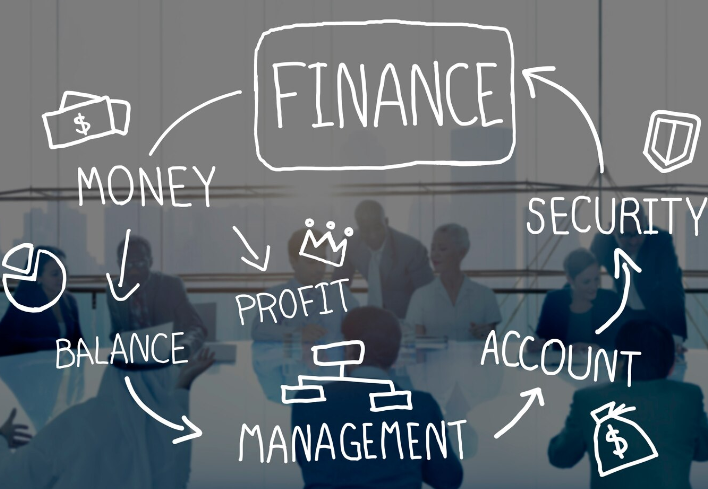Life is unpredictable, and unexpected expenses can arise at any time—whether it’s a sudden medical bill, car repair, or job loss. Having an emergency fund is one of the most essential financial safety nets you can build to protect yourself from these unforeseen circumstances. This guide explains why emergency funds are important and how to prepare for life’s financial surprises.
Table of Contents
- What is an Emergency Fund?
- Why You Need an Emergency Fund
- How Much Should You Save?
- Where to Keep Your Emergency Fund
- How to Build Your Emergency Fund
- When to Use Your Emergency Fund
- Maintaining and Replenishing Your Fund
- The Psychological Benefits of an Emergency Fund
- Conclusion
1. What is an Emergency Fund?
An emergency fund is a dedicated amount of money set aside to cover unexpected expenses or financial emergencies. Unlike regular savings or investments, the emergency fund is designed to be easily accessible when needed and acts as a financial buffer in times of uncertainty.
2. Why You Need an Emergency Fund
a. Financial Protection Against Unexpected Events
Emergencies can happen without warning—whether it’s a job loss, medical emergency, home repair, or unexpected travel expense. Without an emergency fund, you may have to rely on high-interest loans or credit cards, which can lead to long-term debt.
b. Peace of Mind
Knowing that you have funds available to cover life’s curveballs reduces financial stress and anxiety. It offers a sense of security that you can handle unforeseen expenses without compromising your financial stability.
c. Avoid Debt
Without an emergency fund, people often turn to loans or credit cards to handle emergencies. This can lead to accumulating debt, which can be costly due to interest payments and fees. An emergency fund allows you to avoid this debt cycle.
d. Job Loss Cushion
If you lose your job, having an emergency fund can provide a cushion while you search for new employment. It ensures you can cover essential expenses like rent, utilities, and groceries during periods of unemployment.
3. How Much Should You Save?
The amount you need in your emergency fund depends on your personal situation, including your monthly expenses, lifestyle, and financial obligations.
a. Start Small, Aim Big
While building a large emergency fund takes time, it’s essential to start small. Even a few hundred dollars can make a difference when unexpected expenses arise.
b. Rule of Thumb
- Basic Goal: Aim to save at least three to six months’ worth of living expenses. This includes essential costs such as housing, utilities, food, and transportation.
- More Security: If you work in a volatile industry or have irregular income, consider saving up to 12 months’ worth of expenses for added security.
c. Personalized Approach
Consider your specific needs when determining how much to save. Factors such as having dependents, owning a home, or having significant medical expenses should influence the size of your emergency fund.
4. Where to Keep Your Emergency Fund
a. Liquidity is Key
The most important factor when choosing where to store your emergency fund is liquidity—meaning you should be able to access the money quickly and easily when needed.
b. Best Options
- High-Yield Savings Account: This is one of the best places to keep your emergency fund. It offers easy access to your money while earning a small amount of interest.
- Money Market Account: Similar to savings accounts, money market accounts offer higher interest rates and liquidity but may require a higher minimum balance.
- Avoid Investments: Keep your emergency fund separate from long-term investments like stocks or bonds, as these are subject to market fluctuations and may not be readily available when you need them.
5. How to Build Your Emergency Fund
a. Start with a Plan
- Set a Target: Based on your living expenses, determine how much you need to save for your emergency fund.
- Break It Down: Set smaller, achievable milestones, such as saving your first $500, then $1,000, and so on until you reach your goal.
b. Make Saving Automatic
Automate your savings by setting up a direct deposit or automatic transfer from your checking account to your emergency fund. This ensures that a portion of your income is consistently set aside.
c. Cut Unnecessary Expenses
Look for areas where you can cut back on spending, and funnel that money into your emergency fund. This could be reducing dining out, cancelling unused subscriptions, or finding cheaper alternatives for everyday expenses.
d. Use Windfalls Wisely
If you receive a tax refund, bonus, or other unexpected money, consider putting it directly into your emergency fund. This can help you build your fund faster without impacting your monthly budget.
6. When to Use Your Emergency Fund
a. True Emergencies Only
The purpose of an emergency fund is to cover unexpected, urgent expenses. Examples include:
- Medical emergencies not covered by insurance.
- Major car or home repairs.
- Unexpected job loss.
- Urgent travel for family emergencies.
b. What Not to Use it For
- Regular bills or non-essential expenses.
- Vacations, shopping sprees, or luxury purchases.
- Any expense that can wait until you save for it.
7. Maintaining and Replenishing Your Fund
a. Monitor and Adjust
Once your emergency fund reaches your target amount, it’s important to keep it there. Regularly assess whether your fund is adequate given changes in your financial situation, such as a new job or increased living expenses.
b. Replenish After Use
If you dip into your emergency fund, make it a priority to replenish the amount used. Adjust your budget temporarily to restore the fund so it’s ready for future emergencies.
8. The Psychological Benefits of an Emergency Fund
a. Reduced Financial Anxiety
Having a safety net can reduce the stress and anxiety associated with financial uncertainty. An emergency fund provides peace of mind, knowing that you can handle unexpected expenses without drastically altering your financial situation.
b. Increased Confidence in Financial Decision-Making
With an emergency fund in place, you may feel more confident in pursuing other financial goals, such as investing, buying a home, or starting a business. You won’t need to worry as much about unexpected expenses derailing your plans.
9. Conclusion
Building and maintaining an emergency fund is a fundamental step in achieving financial stability and peace of mind. It serves as a financial cushion that protects you from unexpected expenses and helps you avoid high-interest debt. By starting small, automating your savings, and setting clear goals, you can steadily grow your emergency fund and be better prepared for life’s uncertainties.
Whether you’re just starting out or looking to bolster your existing savings, the importance of having an emergency fund cannot be overstated. It’s your financial safety net—giving you the confidence to handle whatever life throws your way.


